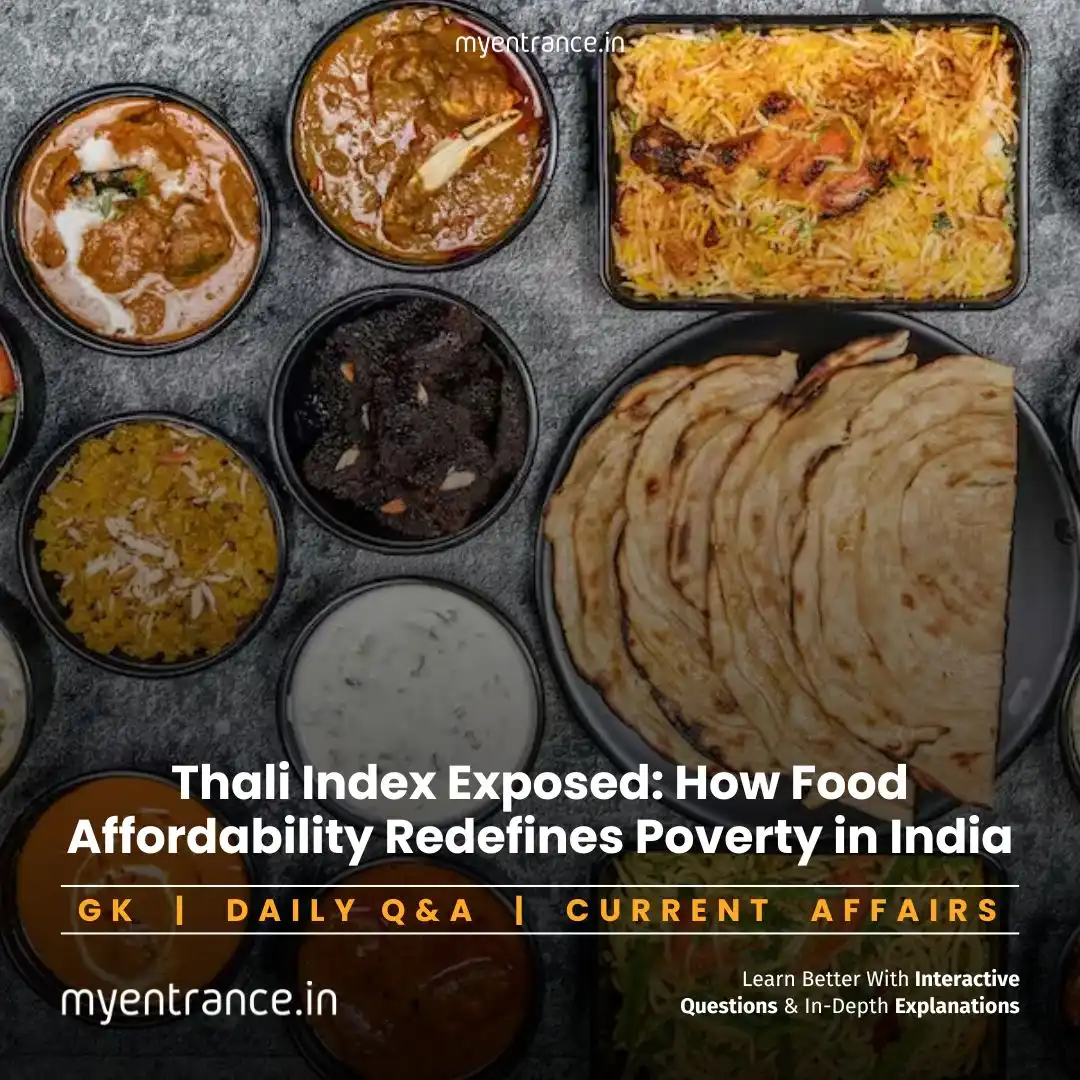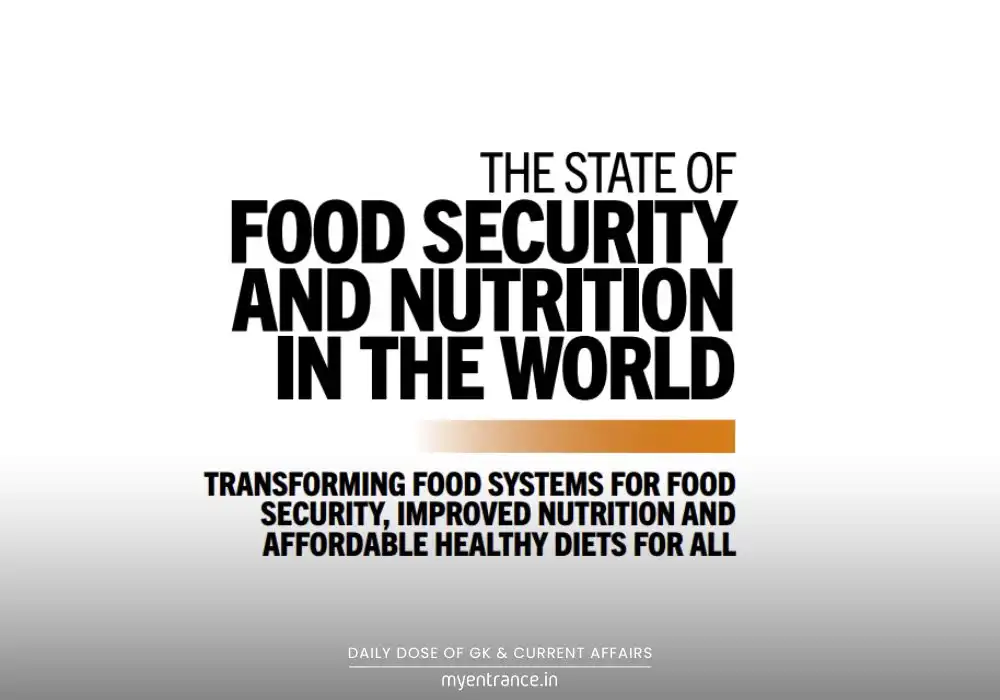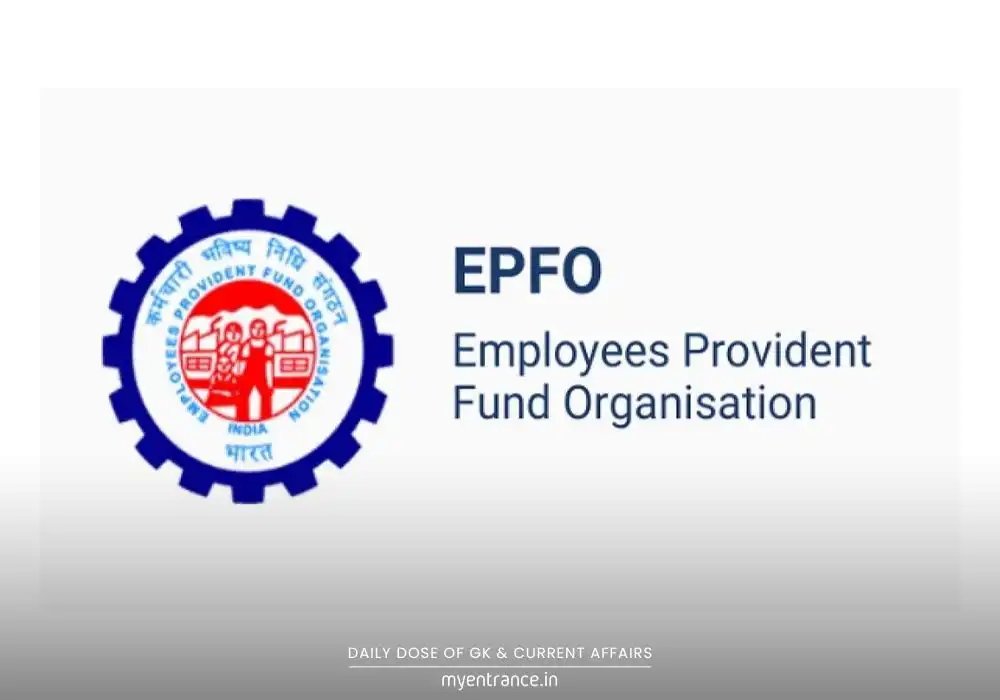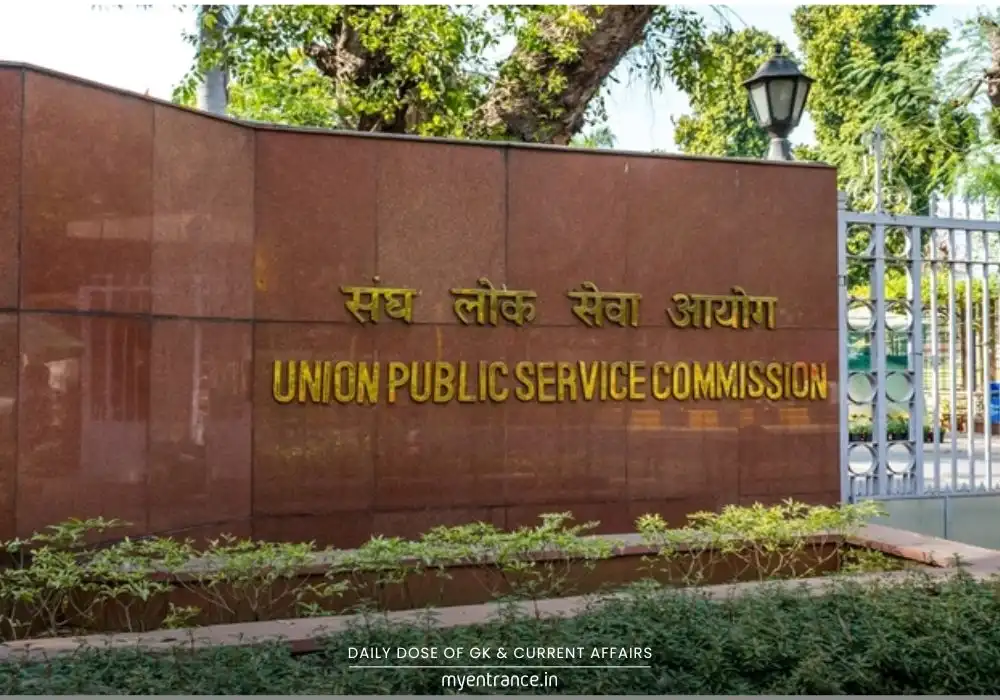Select Language
Thali Index Exposed: How Food Affordability Redefines Poverty in India
The Thali Index challenges traditional poverty metrics by tracking meal affordability across India. For exam aspirants, it’s a critical lens to understand real-world socio-economic issues tested in competitive tests.

The Thali Index: A New Measure of India’s Food Crisis
Recent data reveals a grim reality: In 2023-24, 40% of rural Indians and 10% of urban dwellers couldn’t afford two thalis (meals) a day. This “Thali Index,” developed by economists Pulapre Balakrishnan and Aman Raj, exposes a harsh truth—official poverty estimates (like the SBI’s 4.86% rural poverty claim) might be missing the mark.
Unlike outdated calorie-based models, the Thali Index tracks the actual cost of a home-cooked meal (₹30/thali) using real-time ingredient prices. It shows how food inflation crushes low-income households, forcing them to sacrifice nutrition for essentials like housing, health, or education. While agencies debate methodology, this index highlights a stark gap: Poverty isn’t just about income—it’s about whether families can put food on their plates.
Why Is This Important for Exams?
Competitive exams like SSC, PSC, NID, NIFT, and FDDI prioritize questions on:
Poverty metrics (Mains GS-II: “Issues relating to poverty and hunger”)
Government schemes (e.g., PDS impacts)
Data interpretation (e.g., comparing indices like Thali vs. MPI)
Current socio-economic trends (2023-24 survey findings are high-value!)
Ignoring tools like the Thali Index could cost you marks in essays, case studies, or interviews.
Sample Questions & Answers (Exam-Focused):
Q: How does the Thali Index improve upon calorie-based poverty measures?
A: It uses real-time food prices to reflect actual affordability, unlike calorie counts that ignore inflation or regional diet variations.
Q: Why did the Thali Index report higher deprivation than SBI/World Bank estimates?
A: It prioritizes food expenditure as a residual cost after essential needs (health, housing), exposing gaps in “total consumption” models.
Q: Explain how food inflation amplifies poverty via the Thali Index.
A: Rising ingredient prices (e.g., cereals, pulses) directly increase thali costs, pushing meals out of reach for low-income groups.
Q: How can the Thali Index guide policy for nutritional security?
A: Region-specific data helps target subsidies (e.g., PDS reforms) or crop incentives where affordability is weakest.
Q: What shift in poverty measurement does the Thali Index represent?
A: A move toward multidimensional metrics (like health + nutrition) beyond income/expenditure.
Get 3 Months Free Access for SSC, PSC, NIFT & NID
Boost your exam prep!
Use offer code WELCOME28 to get 3 months free subscription. Start preparing today!















